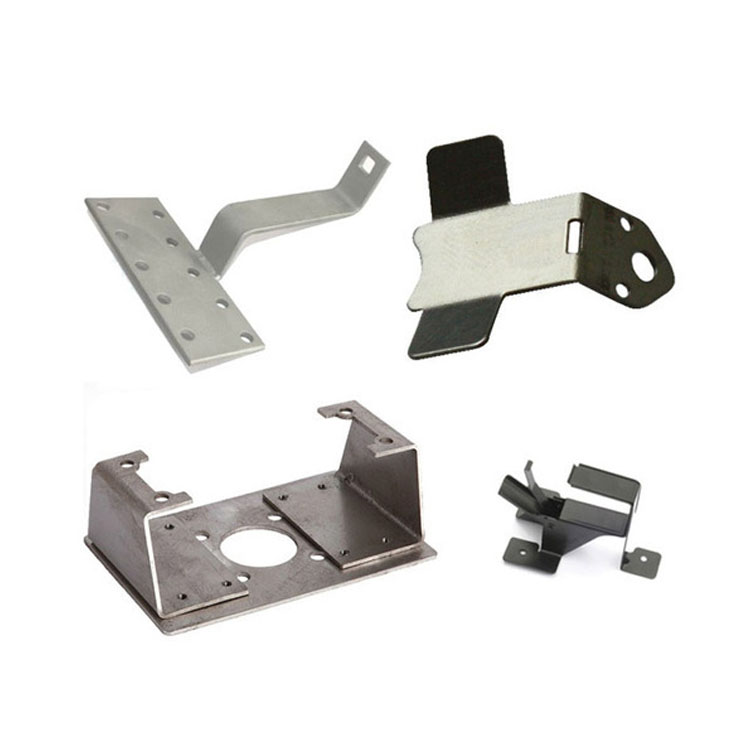Stamping
Metal Stamping
Stamping, or pressing, is a metal-forming process where flat sheet metal, either in blank or coil form, undergoes transformation within a stamping press using specialized tooling and dies to achieve a net shape. It encompasses various sheet-metal manufacturing techniques, including punching (via machine or stamping press), blanking, embossing, bending, flanging, and coining. Stamping can be executed in a single-stage operation or across multiple stages, depending on the complexity of the desired shape.
While sheet metal is the primary material, stamping can also be applied to substances like polystyrene. Progressive dies are often used, with a steel coil as the common raw material. The coil unwinds from a reel, gets straightened, and is then fed into a press and die through a feeder at a predetermined feed length. Stamping is typically performed on cold metal sheets, setting it apart from hot metal forming processes like forging. It's a crucial method for efficiently and precisely manufacturing diverse metal components across various industries.

Stamping Process
Material Selection
Choose the appropriate sheet metal or material for the specific part or component to be manufactured. The material's thickness, type, and properties are critical considerations.
Coil or Sheet Form
Depending on the production method, the material can be in the form of a coil (continuous roll) or individual sheets. Coils are commonly used in high-volume production.
Feeding and Straightening
If using a coil, it is unwound from a reel and straightened to remove any curl or irregularities. The straightened material is then fed into the stamping press.
Tool and Die Setup
Design and fabricate the necessary tooling and dies for the stamping press. The dies consist of a punch and a die cavity, which create the desired shape when pressed together.
Stamping Process
- The material is placed into the stamping press, which clamps it securely.
- The press lowers the punch, applying force to the material.
- The punch and die cavity come into contact with the material, cutting or forming it into the desired shape.
- In the case of progressive die stamping, the press may cycle through multiple stations, each performing a specific operation (e.g., cutting, bending, or embossing).
- The press releases the formed part, and it is ejected from the die.